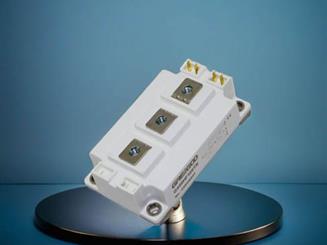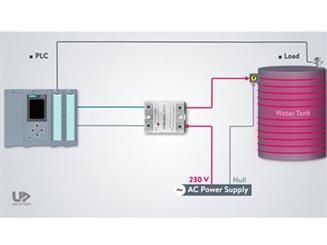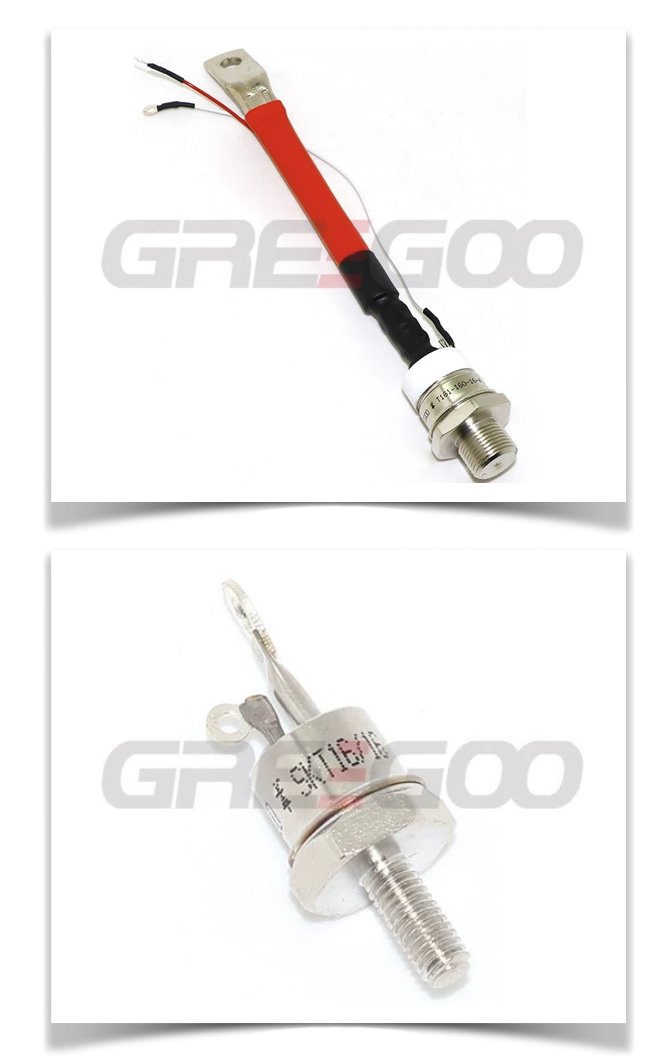Difference Between Stud-Type and Capsule-Type Phase-Controlled Thyristors (PCT)
The main differences between Stud-type and Capsule-type phase-controlled thyristors (PCT) lie in their packaging form, heat dissipation methods, and application scenarios. Below is a detailed comparison:
Comparison Summary
| Feature | Stud-type | Capsule-type |
|---|---|---|
| Packaging Form | Threaded stud design | Flat, disc-shaped design |
| Heat Dissipation | Single-sided dissipation | Double-sided dissipation |
| Power Range | Medium to high power | Ultra-high power |
| Installation | Threaded mounting, simple | Clamping, more complex |
| Applications | Industrial equipment, motor control | HVDC, large industrial equipment |
The choice between the two depends on specific power requirements, heat dissipation needs, and installation conditions. Capsule-type is better suited for higher power and more demanding heat dissipation requirements, while Stud-type is more appropriate for medium power applications with simpler installation needs.

IGBT modules 15A to 1600A in voltage classes from 600V to 1700V
IGBT modules are used as inverter welding machine; inverter power supply, frequency converter, UPS; electric vehicle; photovoltaic inverter, industrial servo service; switched reluctance motor, chopper speed regulation; induction heating, etc.
Read More
How solid state relays work? Testing SSR with multimeter and wiring.
How solid state relays work? Hoto to Test a solid state relay with multimeter? How to connect a SSR relay from PLC to heater? You will get an answer.
Read More
Greegoo's Arc Fault Circuit Interrupter (AFCI) detects arc faults and de-energizes the circuit before a fire can start, is coming soon.
Greegoo's combination AFCIs electronically identify unique current and voltage characteristics of all arc faults and de-energize the entire circuit when one occurs.
Read More
High frequency dc solid state relay, the application and features you may know.
10-1000Hz, 2400VDC, switching time is less than 0.25ms, mainly used for industrial control of DC high-voltage, high-current, high-power switching electrical equipment.
Read More















